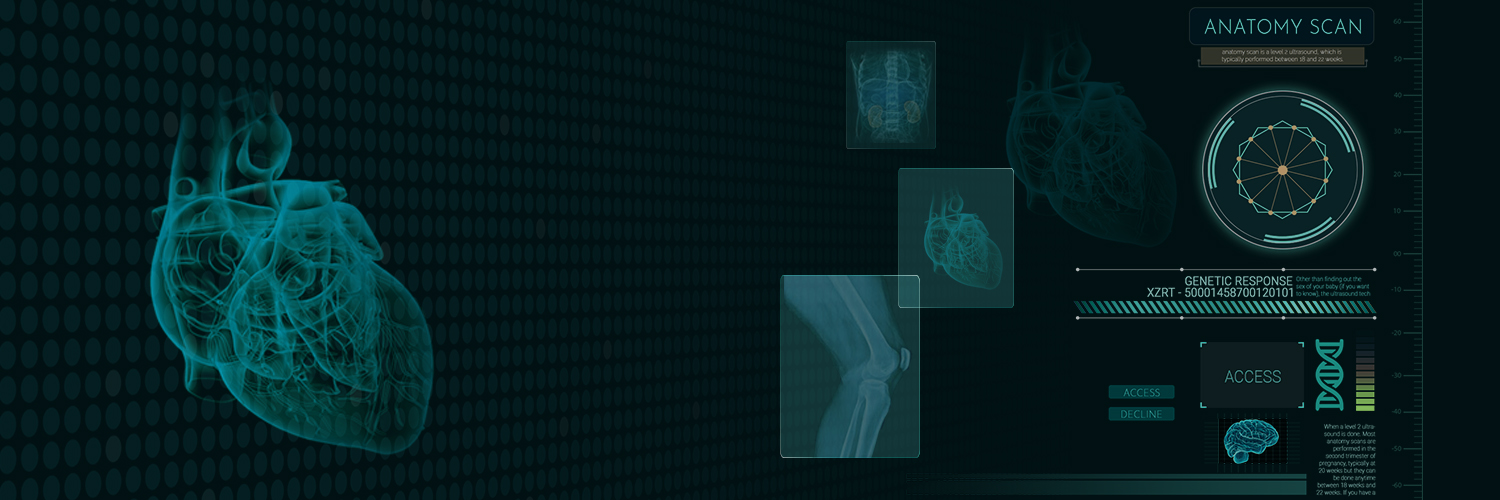ECOSYSTEM:
- An ecosystem is a self-contained group or community of living things (plants, animals and decomposers), and their non-living environment (soil, air and water) that interact with each other.
- These can be natural or artificial. An ecosystem needs only the input of sunlight energy for its functioning.
- All the interacting organisms in an area together with the non-living constituents of the environment form an ecosystem.
- The examples of ecosystems are: a grassland (meadow); a forest; a desert; a mountain; a pond; a lake; a river; and sea.
COMPONENTS OF AN ECOSYSTEM
All the ecosystems are made up of two main components:
- Abiotic components, and
- Biotic components.
The biotic and abiotic interactions maintain the equilibrium in the environment.
ABIOTIC COMPONENTS OF AN ECOSYSTEM:
- The abiotic components of an ecosystem (or the non-living components of an ecosystem) include the physical environment like soil, water and air along with the inorganic substances like carbon dioxide, nitrogen, oxygen, water, phosphorus, sulphur, sodium, potassium, calcium and other elements.
- The physical factors or climatic factors like light, temperature, pressure and humidity are also considered abiotic components of the ecosystem.
- Abiotic components can vary from region to region and from one ecosystem to another.
- They are life supporter that determine and restrict the population growth, number, and diversity of biotic factors in an ecosystem. So, they are called limiting factors.
- Abiotic components in aquatic ecosystem include dissolved gases, depth of water, salinity, pH of water, light intensity etc. whereas that in a terrestrial ecosystem consists of abiotic factors like climate, type of soil or rock, altitude, temperature, nutrients, and minerals.
BIOTIC COMPONENTS OF AN ECOSYSTEM:
- The biotic components of an ecosystem are the living component of an ecosystem or ecology like plants and animals.
- They have a direct or indirect influence on other organisms in an environment.
- For example plants, animals, and micro-organisms and their waste materials.
TYPES OF ORGANISMS IN AN ECOSYSTEM
- An ecosystem incudes three types of organisms:
- Producer organisms (or Autotrophs): These synthesize their own food using light energy. All the plants and green algae are producers.
- Consumer organisms (or Heterotrophs): These are dependent on others for food, directly or indirectly. All the animals are consumers. Consumers may be herbivores, carnivores, omnivores and parasites.
- Decomposer organisms (or Saprotrophs): These consume the dead remains of other organisms for their nutrition. Certain bacteria and fungi are decomposers.
PRODUCERS
- Producers are the organisms which can prepare their own food from simple inorganic substances like carbon dioxide and water by using sunlight energy in the presence of chlorophyll.
- The green plants are called producers in the living world.
CONSUMERS
- Organisms which consume food (eat food) prepared by producers are called consumers. All the animals are consumers.
- Even the microscopic animal life of the water called protozoa are consumer organisms
- Consumers can be further divided into three groups:
- Herbivores
- Carnivores
- Omnivores
(i) Herbivores: Those animals which eat only plants are called herbivores. Herbivores (like cattle, deer, goat, etc. are primary consumers.
(ii) Carnivores: Those animals which eat only other animals as food are called carnivores. Examples of the carnivores are : Lion, Tiger, Frog, Vulture, Kingfisher, Lizard, Wolf, Snake and Hawk.
(iii) Omnivores: Those animals which eat both, plants and animals, are called omnivores. Examples of omnivores are ; Dog, crow, sparrow, bear, Mynah and Ant.
DECOMPOSERS
- Decomposers are the micro-organisms which break down the complex organic compounds present in dead organisms like dead plants and animals and their products like faeces, urine, etc. into simpler substances.
IMPORTANCE OF DECOMPOSERS
- Cleansing agent of Environment:
- The decomposers help in decomposing the dead bodies of plants and animals, and hence act as cleansing agents of environment.
- The decomposers also help in putting back the various elements of which the dead plants and animal are made, back into the soil, air and water for re-use by the producers like crop-plants.
- It is only due to the presence of decomposers that the various nutrient elements which were initially taken by plants from the soil, air and water are returned to the soil, air and water, after the death of plants and animals.
